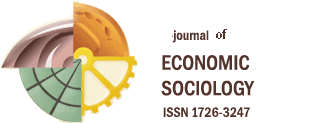Tatiana Khavenson , Tat'yana Chirkina
Effectively Maintained Inequality: The Choice of Postsecondary Educational Trajectory in Russia
Because of a number of social and demographic changes in recent years, the amount of available places at the level of higher education has significantly increased, and at the same time, the number of applicants for them has decreased. Theoretically, this could lead to an increase in the equality of access to higher education for different social classes. In the paper, using Russian data for the first time, the theory of effectively maintained inequality is tested. According to this theory, the increase in the number of places at a specific level of education may not lead to a decrease in socioeconomic inequality on this level. This is because inequality will be maintained at the level due to the qualitative difference in the received education. Using data from the longitudinal project, “Trajectories in Education and Profession,” two postsecondary educational choices are examined: (1) the choice between vocational and higher education and (2) the choice between going to a selective or non-selective university. Following R. Boudon’s theory, the effect of the family’s socio-economic background on the choice of an educational trajectory is estimated directly and indirectly (through academic achievement). The results show that after finishing school, the direct effect of the socio-economic background is more important for moving to a more academic trajectory than the family’s efforts to improve academic performance. Even with high educational achievements, students from families with low social status make a choice in favor of vocational education rather than a university. When choosing between selective and non-selective higher education institutions, the impact of the family through academic achievement weakens even more. The characteristics of the family directly affect the choice of the trajectory becoming a key predictor.




.gif)






 ©
© 